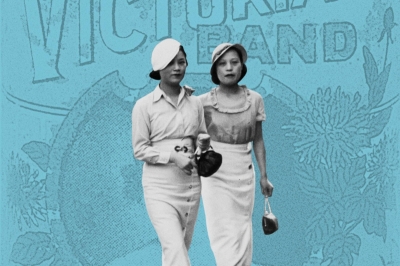Europe received a cultural shock of major proportions during the last quarter of the 19th century. The exquisite shikisai kankaku (sense of color), the startling spatial and compositional elements and the sublime craftsmanship of the Japanese arts took the continent by storm. Many well-known collectors began amassing enormous troves of Japanese artifacts, both the specific and the sundry, from rare antique swords, scabbards and helmets to every quirky trinket under the sun, and paraphernalia from tea whisks to fans.
Japanese art made an especially powerful impression on the Impressionists. Claude Monet (1840-1926) built a Japanese garden at his home in Giverny, 80 km west of Paris, where he spent roughly the last 40 years of his life. And Vincent van Gogh (1853-90) incorporated images of Japanese woodblock prints into some of his paintings.
While the intellectuals of the Meiji Era (1868-1912) were under the spell of European science and the borrowed technologies of industrialization, they believed wholeheartedly in the strengths of the Japanese spirit — particularly as it was expressed in the many forms of art, crafts and performance arts so integral to their identity.


















With your current subscription plan you can comment on stories. However, before writing your first comment, please create a display name in the Profile section of your subscriber account page.